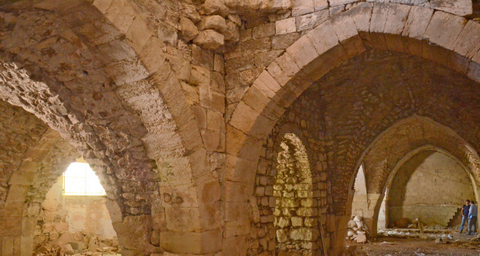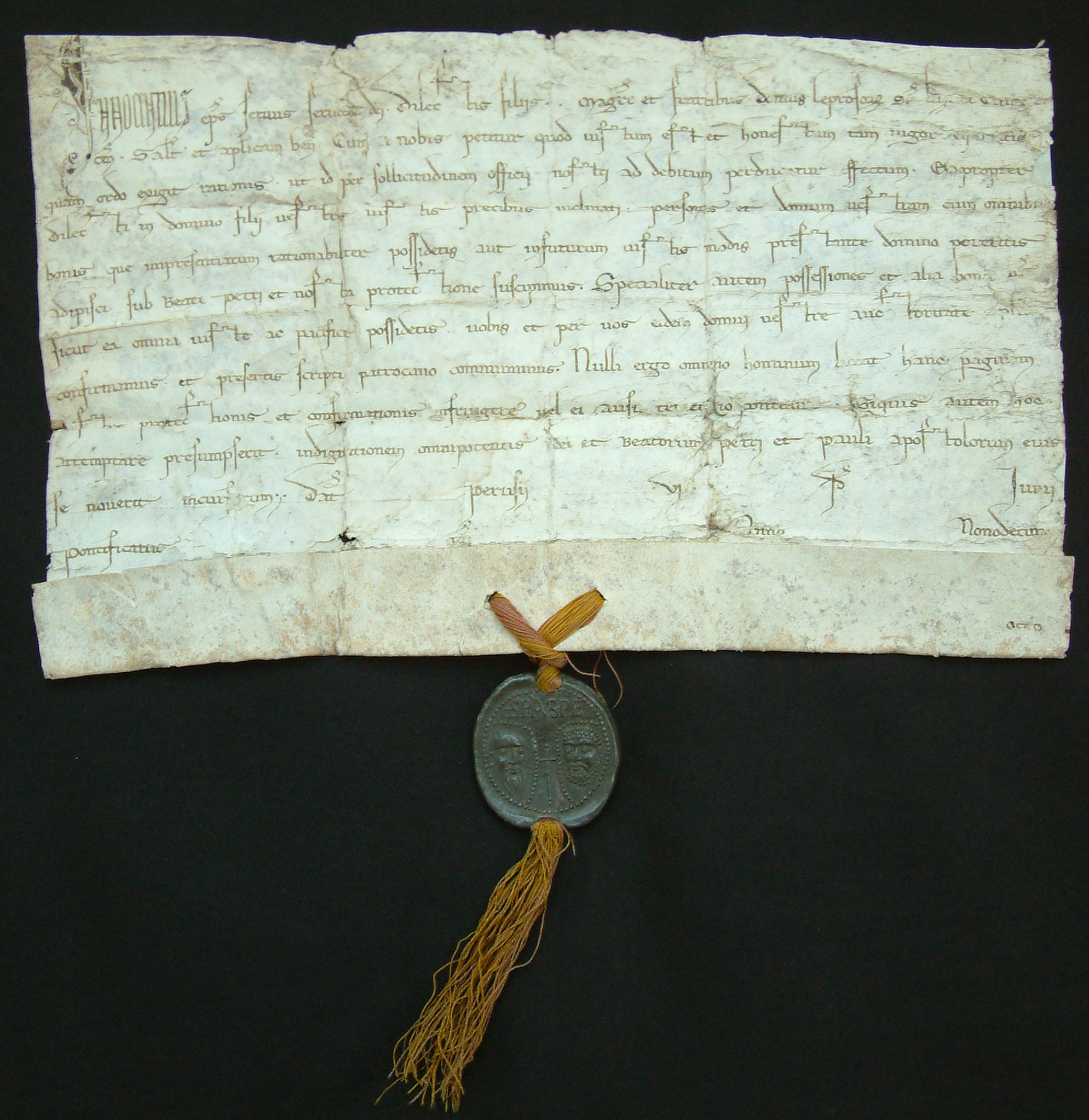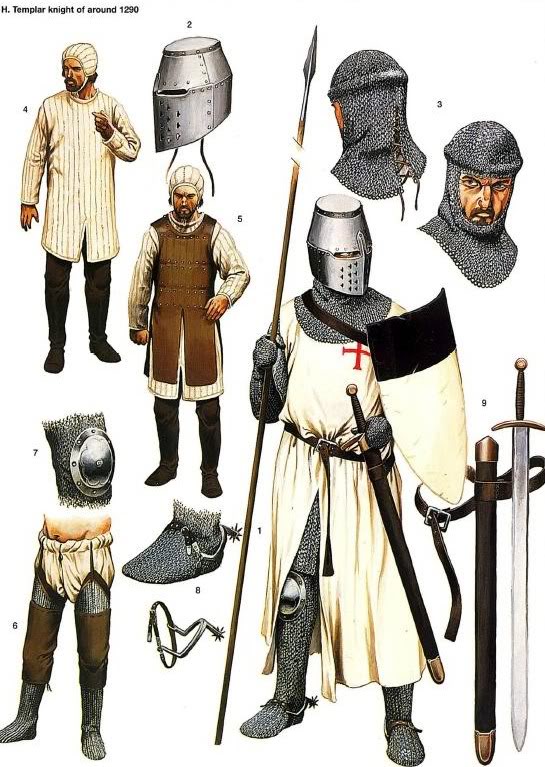Foundation of the Hospitallers of Saint John at the end of the 11th century
Papel bulls and the Knights Templar summarized
"There are many important dates in the history the Middle Ages, but some notable ones were the issuance of the Papal Bulls and, in this instance, those issued for and against the medieval Knights Templar. A Papal Bull is a formal proclamation or order issued by the Pope and the use of "bull" is derived from the lead seal or "bulla" that is appended to the end of the order to authenticate it. Originally a Papal Bull was used for normal communications, but would evolve and used for formal and important occasions.
Great Priory Knights Templar International, Paris, 2012
Video of the Great Priory of the Knights Templar International Chapter of France held in Paris, 16-18 March 2012 "Remembering the Grand Prior of Jacques de Molay".
Souce YouTube.
Support TemplarsNow™ by becoming a Patron, tipping us or buying one of our Reliable Books
The Templar Seal
"The first seal that we are aware of is one of Grand Master Everard de Barres, a small wax seal from 1147 with the inscription “TUBE: TEMPLI: XPI. .... Seals were used to validate letters, edicts and documents. With these seals, the authenticity of the document was validated.
Promo-video OSMTH Knights Templar Belgium
Knights Templar and Papal bulls: Militea Dei (1145)
"'Militea Dei’, the third of the papal bulls, issued by Pope Eugenius III in 1145, is very similar in both content and style to the one year older earlier ‘Milites templi’ (1144). The bull begins with praise for the knights’ efforts for the eastern church, drawing attention yet again to important military task the Order was saddled with. The bull moves on, much like the bull before it, to compel the clergy again to gather resources for the Templars.
The Templar force counted
The number of Knights Templar during the 200 years of their existence remains open for debate. TemplarsNow collects information on this issue.
Subscribe to:
Posts (Atom)




